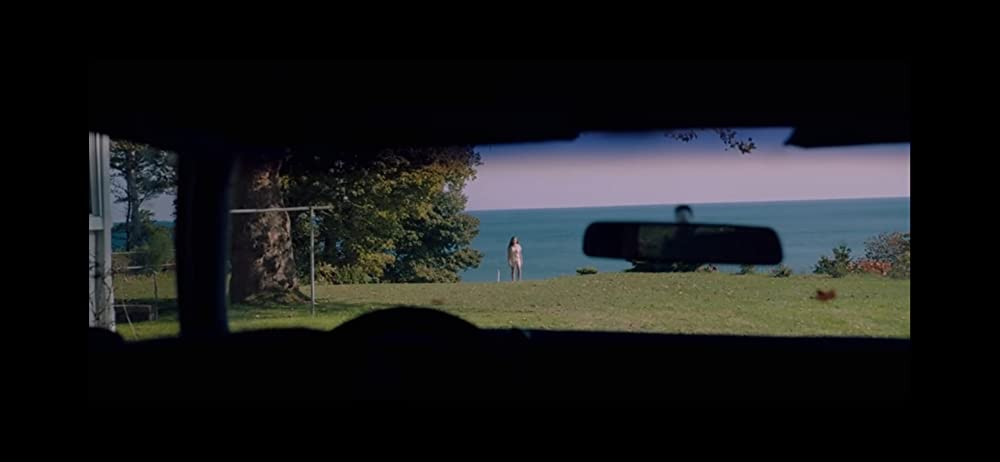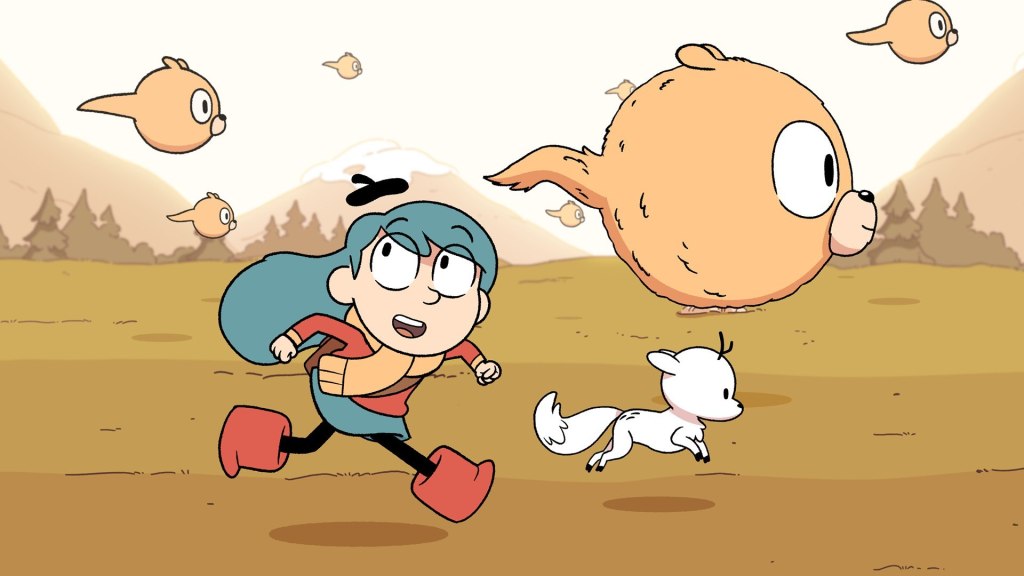
This is a rather unusual proposal, something that sits between a fan film and a historical restoration project. The Great Buddha Arrival was a 1934 film directed by Yoshiro Edamasa, in which the Amida Buddha statue found in Shurakuen Park in the city of Tōkai got up and took a stroll. Although images and newspaper advertisements describing the film exist, The Great Buddha Arrival itself was lost during World War 2, leaving it a phantasmal presence in the history of Japanese cinema. It holds a particular fascination for tokusatsu fans, not only because the base concept sounds a lot like a proto-kaiju film, but because Edamasa was the mentor of tokusatsu effects pioneer Eiji Tsuburaya, directly connecting the film to the legacy of giant monster cinema.
Wanting to celebrate that connection, and in some way bring Edamasa’s movie back from the void, independent studio 3Y Film crowdfunded a new short film based on The Great Buddha Arrival (made at roughly the same time as Howl From Beyond the Fog, the crowdfunded kaiju film I wrote about previously), completing production in 2018 and gradually adding additional footage over the next two years to build it up into the sixty-minute “Final” version that you can find on streaming services right now. Directed by Hiroto Yokokawa, the 2018 Great Buddha Arrival is a unique little experiment, at times a mockumentary, a genuine documentary, and a narrative film, existing in a reality where the original 1934 film exerts a mysterious influence on reality. Being made by a studio that specializes in distributing fan films, it also plays up the kaiju legacy angle by filling almost every speaking part with veteran tokusatsu film actors, including several of the remaining members of Ishiro Honda’s stable going back to the original Godzilla.









